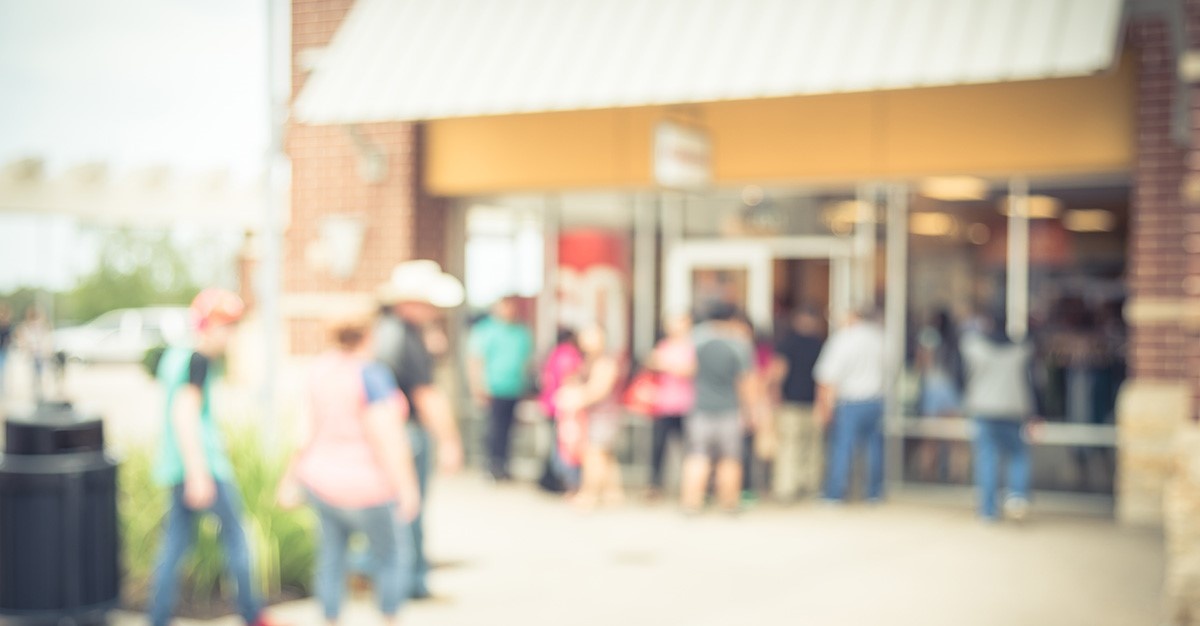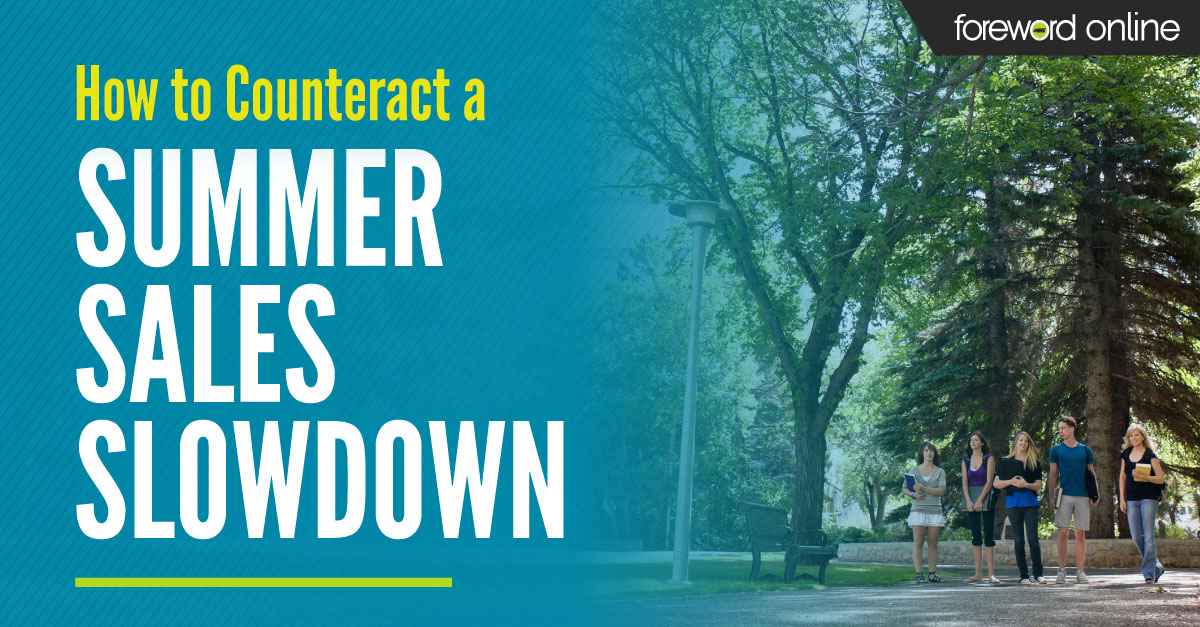Everywhere you look there is another article touting the benefits of eCommerce — and it is impressive. However, brick-and-mortar stores are still going strong and shoppers’ reasons for choosing in-person shopping over online shopping remain valid, as do the reasons some shoppers prefer making online purchases. The beauty of the dilemma is that it doesn’t have to be one or the other. Not only can both exist in harmony, but they can work together to provide a better experience for the shopper and the store.
 The majority of retail sales take place in stores (94%). Many consumers still want to see, touch and feel merchandise before buying and when they do buy, they like the experience of taking it home with them immediately. Women polled cared more about the sense stimulants of shopping in stores, where men and young shoppers skewed more toward the instant gratification of going home with their purchase immediately.
The majority of retail sales take place in stores (94%). Many consumers still want to see, touch and feel merchandise before buying and when they do buy, they like the experience of taking it home with them immediately. Women polled cared more about the sense stimulants of shopping in stores, where men and young shoppers skewed more toward the instant gratification of going home with their purchase immediately.
Why are so many people talking about eCommerce? Due to the pace of industry growth in comparison to the decrease in store foot-traffic, eCommerce can’t be ignored. It is predicted that by 2018 eCommerce will reach $414 billion in sales with a growth of 17%.
However, the situation is far from being a done deal.
Consumers have adjusted to having more choices in how they buy and have embraced both methods of shopping. Half of the customers in stores check prices online before they commit to making the purchase, performing their own cost analysis. If they can get it cheaper online, then how much is the instant gratification of having it now worth to them? Conversely, two-thirds of customers research purchases online and then buy in a store, especially younger generations.
Another solid indicator that brick-and-mortar isn’t going anywhere is the number of successful online brands opening their physical shops — clicks to bricks. In the United States, numerous online companies have already opened stores. Stores like Bonobos (an online menswear shop) opened “guideshops” in 2015 and they have already doubled the number of physical locations. Basically, guideshops act as a showroom for clothing. With the help of their guides, you can go in, try clothes on, but you can’t actually leave with anything. You pick out what you like and place an order on their website, having your purchase shipped directly to your home. It is a place where traditional retail meets online shopping giving their customers the best of both worlds. These stores have boosted their online traffic and sales, while filling the need many consumers have to see the product in person.




